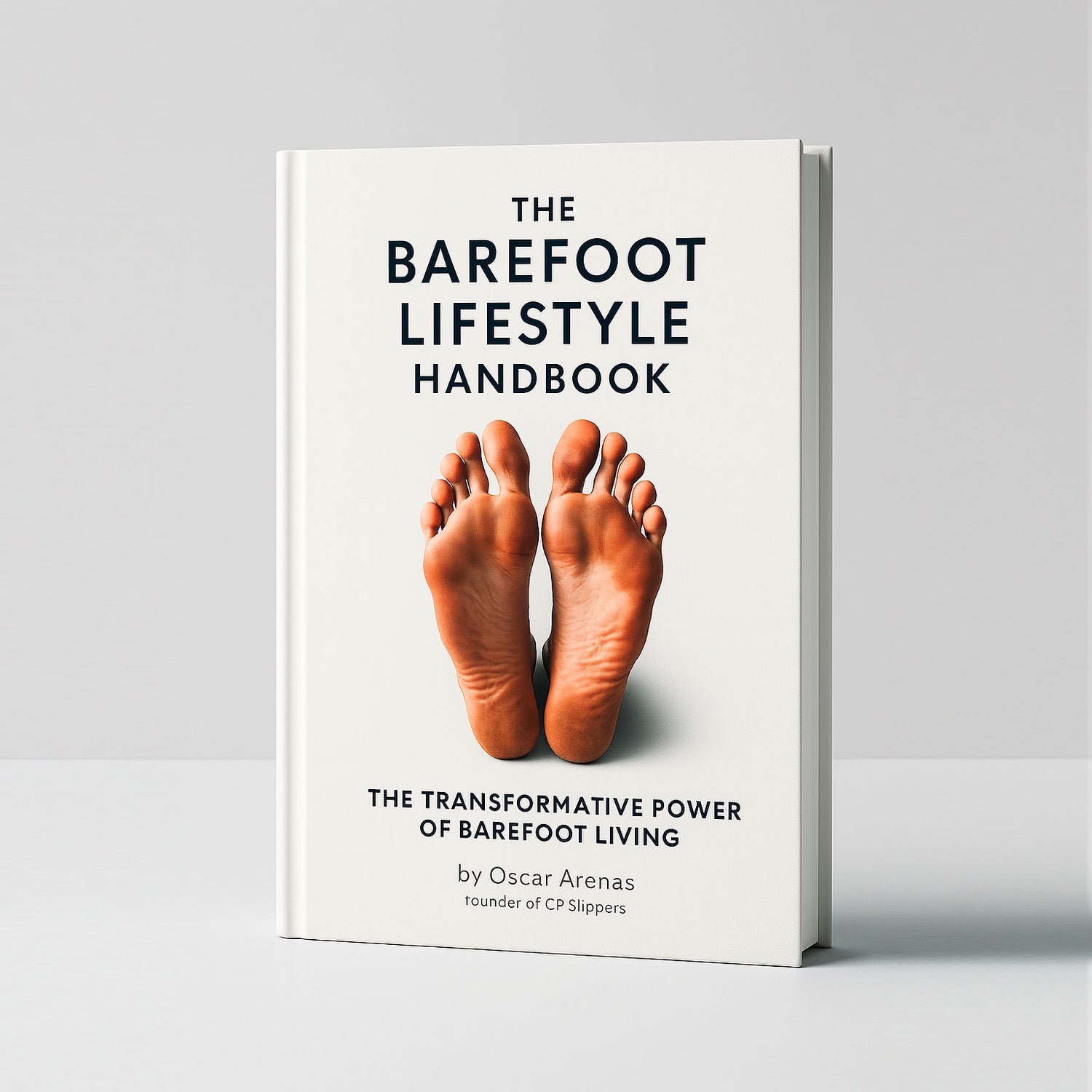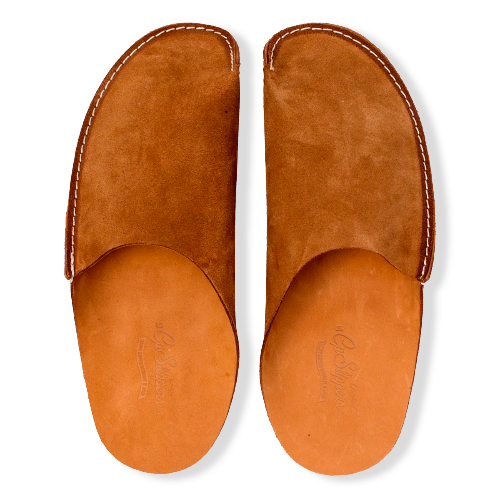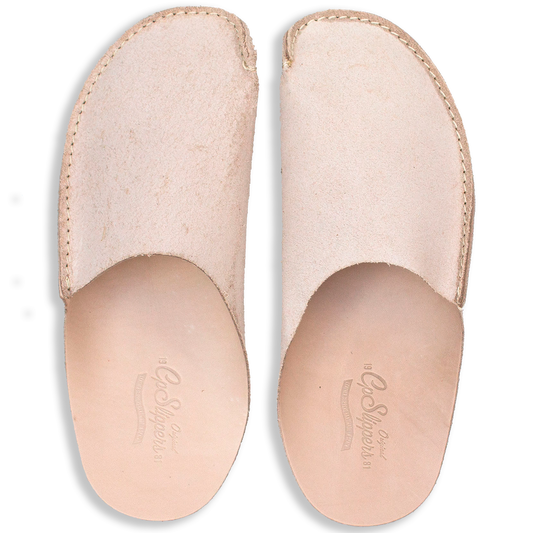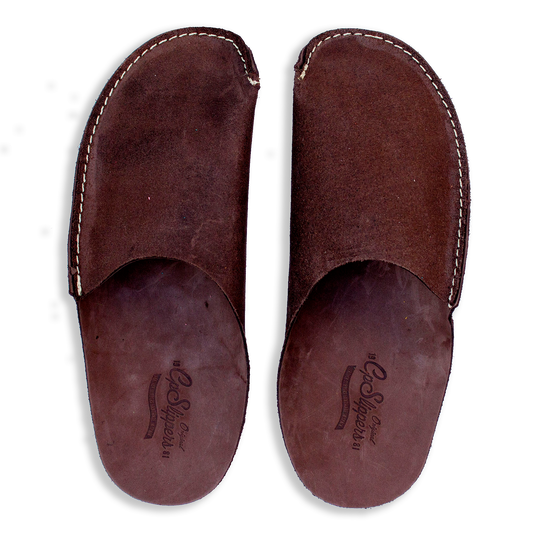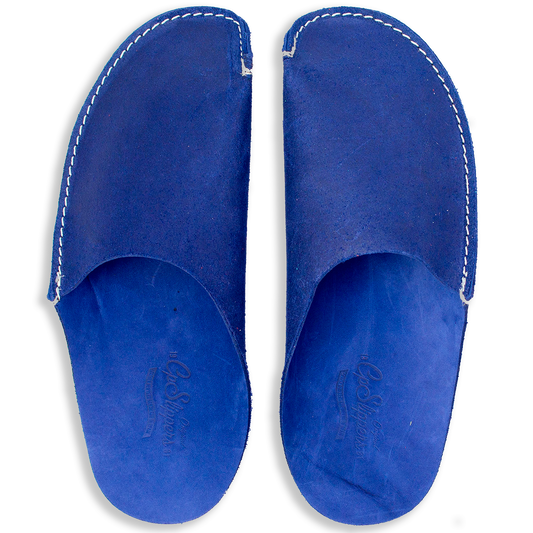Quick answer: In Japan you remove street shoes in the genkan, switch to house slippers, change to special bathroom slippers for the WC, and step on tatami mats only in socks or bare feet. Follow the sections below for the why and the how.
Why Do Japanese Remove Their Shoes Indoors?
The practice goes back to earthen-floor homes and remains a hygiene and respect custom today. Modern surveys show 94 % of households still enforce the rule.
1. Mastering the Genkan
The genkan is a lowered entryway where you face the door, slip shoes off, turn them 180 °, and place them neatly by the step. Tip: keep toes pointing out for an easy exit.
2. Choosing & Wearing House Slippers
- Materials: Leather or cotton preferred for breathability.
- Fit: Slightly loose; you’ll step in/out often.
- Where to wear: Corridors, lounge, guest rooms.
Browse CP Slippers’ handcrafted leather house slippers »
3. Bathroom Slippers: The Golden Rule
Keep a dedicated pair by the WC door; never cross the threshold back into living spaces with them.
4. Tatami Etiquette
Tatami straw mats scratch easily and trap dirt. Step on them only in socks or bare feet; even slippers are taboo.
5. Hotels, Ryokan & Temples
Expect shoe lockers (geta-bako) and labeled slippers. At temples or historic homes, carry shoes in the provided plastic bag.
6. Common Traveler Mistakes
- Forgetting to switch back after the bathroom.
- Walking on tatami in house slippers.
- Leaving shoes heel-inward (genkan faux pas).
FAQ
Can I wear socks with holes?
Avoid—clean, intact socks show respect.
Are sandals acceptable indoors?
Only if they are indoor-only and never touch the street.
Ready to feel at home in Japan? Pack a pair of lightweight CP Slippers—crafted in Elche, Spain—and respect local tradition in comfort. Learn more »


